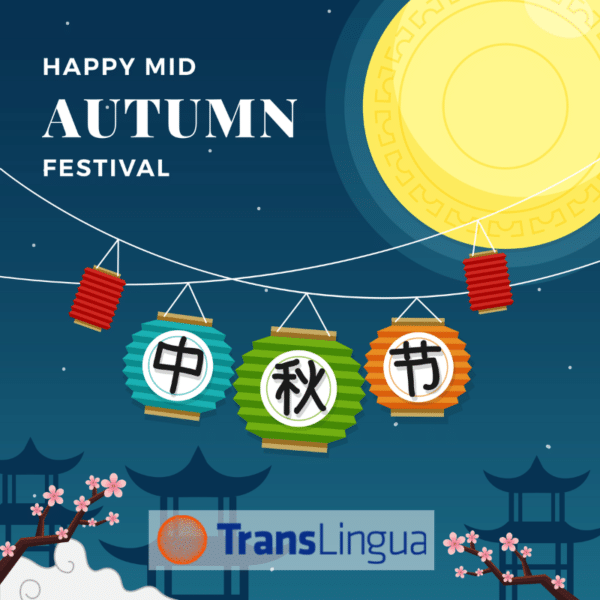


area, the SGV was home to the Tongva (later Gabrielino), who lived in villages along the Rio Hondo and in canyons along the Arroyo Seco. Its contemporary reality has been shaped by layered histories of indigenous settlement conquest and colonization exploitation of land, labor, and resources through large landholding regimes regional economies suburbanization and transpacific circuits of immigration and capital.Īs SGV scholar Gilda Ochoa has pointed out, the history of the area, as throughout the Southwestern U.S., is “one of conquest, labor, exploitation, racism, and discrimination.” Prior to the arrival of the Spanish, like most of what would become the greater L.A. (approximately 45% Latina/o, and 28% Asian, as of 2010 ). Today it is the largest majority Latina/o and Asian American region in the U.S. – and a notable site of working and middle-class Chicana/o history – but also east of Little Tokyo, east of Chinatown, and an ancestral home of the indigenous Gabrielino/Tongva people. While less well-known than L.A.’s San Fernando Valley and often ignored or overlooked in popular media, the SGV is tremendously important to Los Angeles history as well as a historically and culturally significant area in its own right. It is home to around 2 million residents – approximately one-fifth of L.A. The SGV’s nearly 400 square miles (within which El Monte and South El Monte sit squarely in the southern center) span from the edges of the city of Los Angeles on the west, to Pomona in the east, the towering San Gabriel Mountains in the north, and northeastern Orange County to the south. As a whole, the SGV is a vast area stretching from east of East L.A. – SGV streetwear brand “Chimexica Flag T-shirt” description, 2012 Įl Monte and South El Monte make up two of the 31 incorporated cities and numerous unincorporated communities encompassed by the San Gabriel Valley (SGV). The SGV is a region of America where a lot of Chinese and Mexicans have learned to live together, most of the time in harmony.


 0 kommentar(er)
0 kommentar(er)
